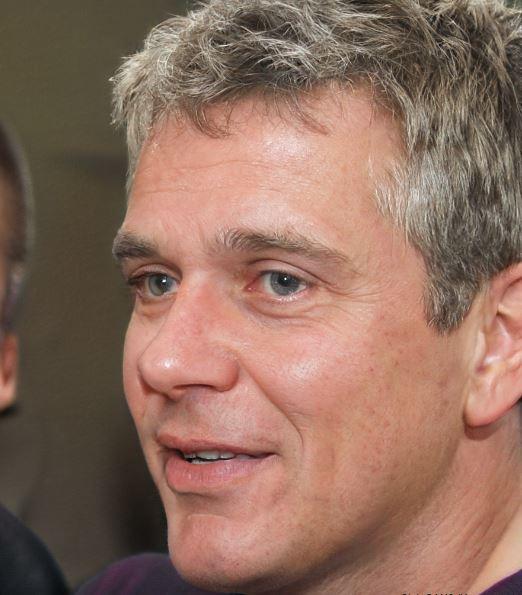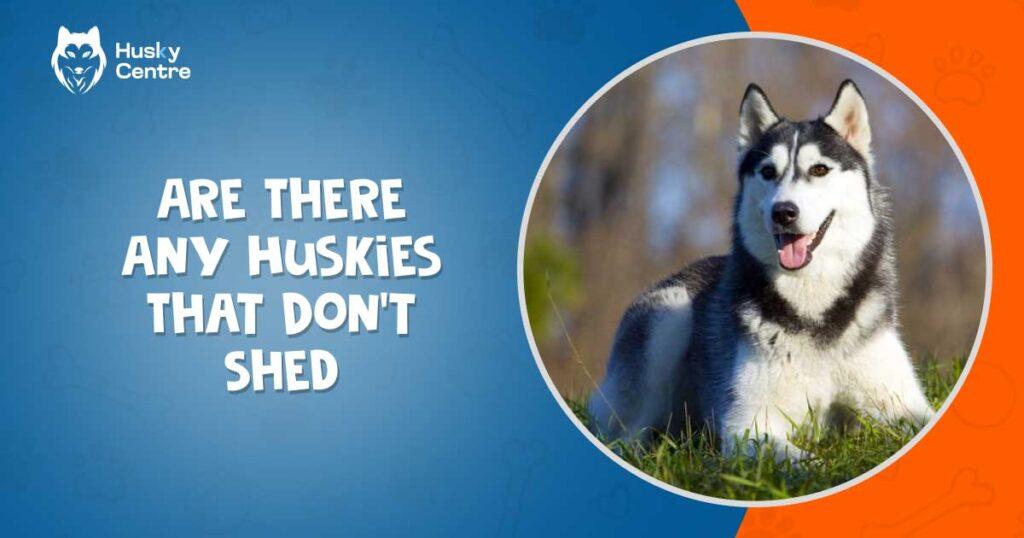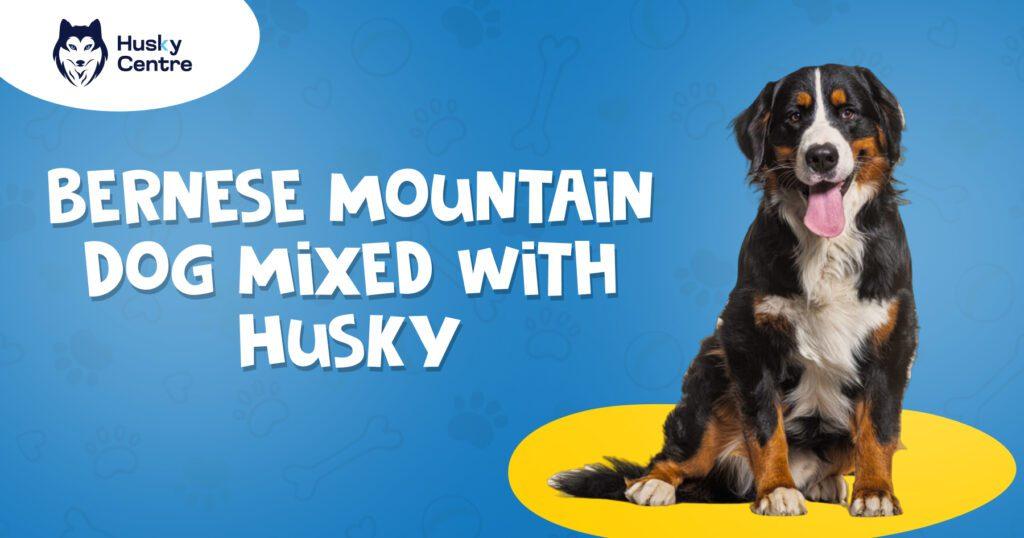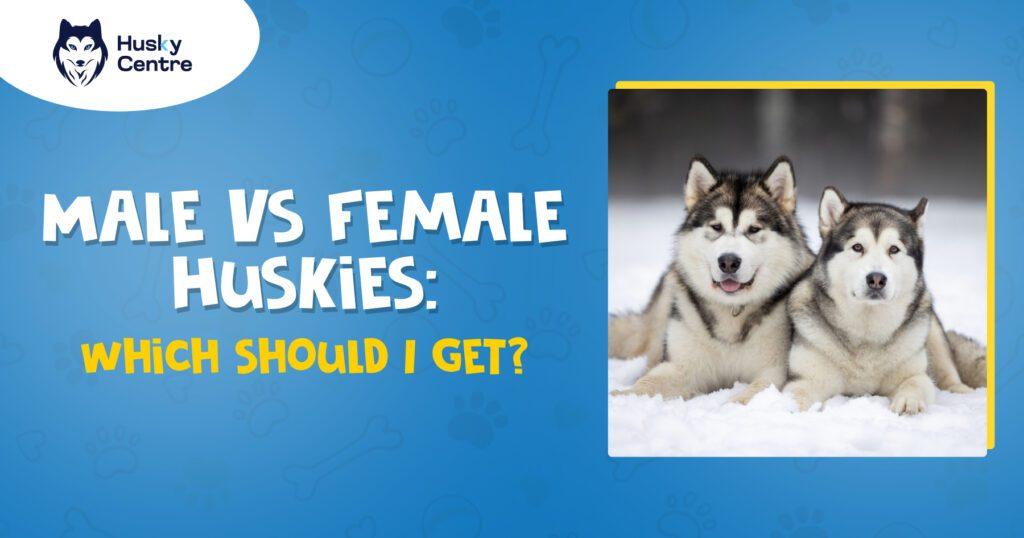No, there are no Huskies that don’t shed. Huskies are known for their thick fur.
Huskies are beloved for their striking looks and playful nature. But, their shedding can be a challenge. Huskies have a double coat that helps them in cold climates. This coat sheds, especially during seasonal changes. Husky owners often deal with fur on clothes and furniture.
Despite this, many still adore these dogs. Understanding their shedding can help you manage it better. If you are considering a Husky, it’s vital to know what to expect. This blog will explore Husky shedding and ways to cope with it.
Understanding Husky Coats
Are there any Huskies that don’t shed? Understanding Husky coats is essential to answer this question. Huskies are known for their beautiful and thick coats, which serve specific purposes. This post will delve into the characteristics of Husky fur and the reasons behind their shedding patterns.
Double Coat Designed For Insulation And Temperature Regulation
Huskies have a unique double coat designed for insulation and temperature regulation. This double coat consists of two layers:
- Undercoat: This is a dense, soft layer that keeps Huskies warm in cold weather. It traps heat close to the skin, providing excellent insulation.
- Topcoat: This layer is made of longer, coarser guard hairs. It protects the undercoat from dirt, debris, and moisture.
The double coat serves several purposes:
- Insulation: Keeps the Husky warm in winter and cool in summer.
- Protection: Shields against harsh weather conditions and injuries.
- Temperature regulation: Helps maintain a stable body temperature.
The characteristics of Husky fur, including its thickness and dual-layer structure, make it ideal for extreme climates. This design is vital for the Husky’s survival in cold regions. Understanding these characteristics helps in Husky fur management, ensuring your pet stays healthy and comfortable.
Seasonal Shedding Is Inevitable In Huskies
Seasonal shedding is inevitable in Huskies. This process is also known as “blowing coat.” Huskies shed their undercoat twice a year, usually in spring and fall. This allows them to adapt to changing temperatures.
During these shedding periods, you may notice:
- Increased hair loss throughout the home.
- Clumps of fur coming off when brushing.
- Your Husky scratching or grooming more frequently.
Husky coat shedding is a natural process. It helps them remove old or damaged fur and grow a new, more suitable coat for the upcoming season. To manage this shedding, regular grooming is essential. Here are some tips for Husky fur management:
- Brush regularly: Use a slicker brush or undercoat rake to remove loose fur.
- Bathe occasionally: Bathing helps loosen dead fur, making it easier to brush out.
- Maintain a healthy diet: Proper nutrition supports healthy skin and fur.
Do Huskies shed a lot? Yes, especially during seasonal changes. But with the right care and grooming routine, you can manage their shedding effectively and keep your home cleaner.
Managing Husky Shedding
Huskies are beautiful dogs with thick, double coats. This means they shed a lot. Managing Husky shedding can be challenging, but with regular grooming and the right tools, you can reduce the amount of fur around your home. Here are some tips to help you manage Husky shedding effectively.
Regular Grooming To Reduce Excess Fur
Regular grooming is essential for managing Husky shedding. Grooming helps remove loose fur and keeps your dog’s coat healthy. Here are some grooming tips for Huskies:
- Brush your Husky’s coat at least three times a week. This helps to remove loose fur and reduces shedding.
- Use a slicker brush or a wide-toothed comb. These tools are effective in reaching the undercoat and removing loose fur.
- Bathe your Husky once a month. Use a dog shampoo designed for double-coated breeds. This helps to remove dirt and loose fur.
- Dry your Husky thoroughly after a bath. Moisture can cause matting and increase shedding.
- Trim any mats or tangles. These can cause discomfort and lead to more shedding.
Regular grooming not only helps in reducing dog shedding but also keeps your Husky’s coat healthy and shiny. Make grooming a routine to control fur loss in Huskies.
Use Deshedding Tools
Deshedding tools are very effective in managing Husky shedding. These tools are designed to reach the undercoat and remove loose fur. Here are some popular deshedding tools you can use:
| Tool | Description |
|---|---|
| Furminator | A popular deshedding tool with a stainless steel edge that reaches through the topcoat to remove loose undercoat fur. |
| Undercoat Rake | Features long teeth that penetrate deep into the coat to remove loose fur and prevent matting. |
| Slicker Brush | Has fine, short wires close together, ideal for removing loose fur and detangling. |
Using deshedding tools correctly can significantly reduce the amount of fur your Husky sheds. Here are some tips:
- Use the deshedding tool once or twice a week. This helps to keep loose fur under control.
- Be gentle when using deshedding tools. Avoid pressing too hard to prevent skin irritation.
- Brush in the direction of the hair growth. This reduces the risk of damaging the coat.
- Clean the tool regularly. Remove fur from the tool to keep it effective.
Deshedding tools are a valuable addition to your grooming routine. They help in controlling fur loss in Huskies and keep your home cleaner. Make sure to use these tools as part of your regular grooming schedule for the best results.
Alternatives For Low-shedding Dogs
If you love Huskies but worry about shedding, you’re not alone. Huskies are known for their thick coats, which can be a problem for some. Fortunately, there are alternatives for low-shedding dogs that are just as lovable and less messy. Let’s explore some hypoallergenic dog breeds and low-shedding alternatives to Huskies.
Breeds
Several breeds are known for minimal shedding and are great alternatives to Huskies. These breeds are often considered hypoallergenic, making them suitable for people with allergies.
- Poodle: Poodles are a popular choice for their curly, low-shedding coats. They come in various sizes, including standard, miniature, and toy. Their intelligence and trainability make them a great family pet.
- Bichon Frise: This small breed has a fluffy, hypoallergenic coat that doesn’t shed much. Bichon Frises are friendly, playful, and great with kids.
- Maltese: Maltese dogs have long, silky hair that is low-shedding. They’re gentle, affectionate, and perfect for apartment living.
- Portuguese Water Dog: Known for their wavy or curly coats, these dogs shed very little. They’re energetic, intelligent, and love water activities.
- Schnauzer: Schnauzers come in three sizes: miniature, standard, and giant. They have a wiry coat that sheds minimally and are known for their loyalty and protective nature.
These breeds offer a range of sizes, temperaments, and activity levels, ensuring you find the perfect low-shedding companion.
Consider Breeds
When choosing a dog, consider breeds that match your lifestyle and preferences. Here are some factors to keep in mind:
- Size: Smaller breeds like the Maltese or Bichon Frise are ideal for apartment living. Larger breeds like the Standard Poodle or Portuguese Water Dog need more space and exercise.
- Energy Level: High-energy dogs like the Portuguese Water Dog require regular exercise and stimulation. Lower-energy breeds like the Maltese are content with short walks and playtime.
- Grooming Needs: Low-shedding dogs often need regular grooming to maintain their coats. Poodles and Bichon Frises require professional grooming, while Schnauzers need regular brushing and trimming.
- Temperament: Consider the dog’s temperament and how it fits with your family. Friendly and playful breeds like the Bichon Frise are great with kids, while protective breeds like the Schnauzer may be better for families seeking a watchdog.
- Allergy Concerns: Hypoallergenic dog breeds produce fewer allergens. These breeds are better for people with allergies, but no dog is completely allergen-free.
Choosing the right breed involves balancing your needs with the dog’s characteristics. By considering these factors, you can find a low-shedding alternative to Huskies that fits seamlessly into your life.
Frequently Asked Questions
Do Huskies Shed A Lot?
Yes, huskies are known for heavy shedding, especially during shedding seasons. They have a double coat which requires regular grooming.
Can I Get A Non-shedding Husky?
No, all huskies shed to some extent. Regular grooming and maintenance can help manage the shedding.
How Can I Reduce Husky Shedding?
Regular grooming, using a de-shedding tool, and maintaining a healthy diet can significantly reduce husky shedding.
Are There Hypoallergenic Huskies?
No, huskies are not hypoallergenic. Their shedding can trigger allergies in sensitive individuals.
Conclusion
Finding a husky that doesn’t shed is impossible. Huskies naturally shed their fur. Regular grooming helps manage shedding. Consider alternative breeds if you need a low-shedding dog. Remember, every dog breed has unique traits. Choose a pet that matches your lifestyle and preferences.
Happy pet hunting!


Meet Jarred, the heart and soul behind HukyCentre. With a deep affection for furry friends, he pours his passion into every word he writes. His genuine love for dogs shines through in his engaging and informative content. As a dedicated dog enthusiast, Jarred’s goal is to share valuable insights and tips that resonate with fellow dog lovers. Join Jarred on the journey as he celebrates the joy and companionship that dogs bring into our lives.



